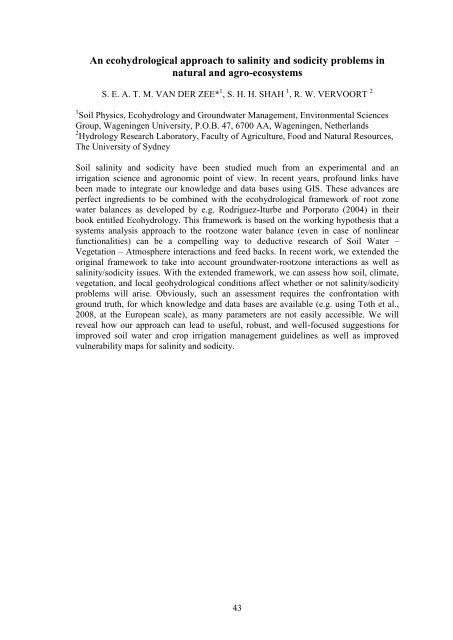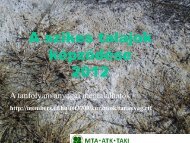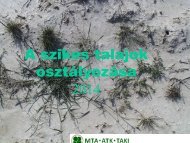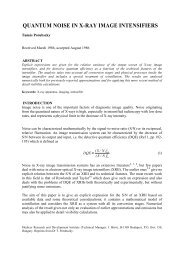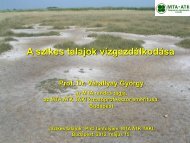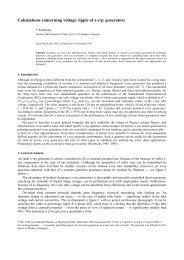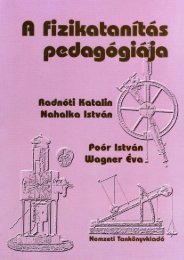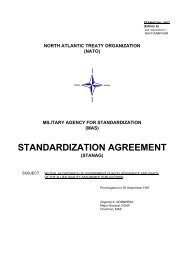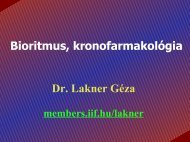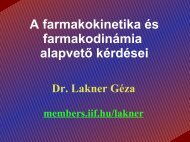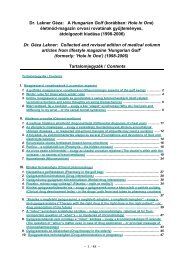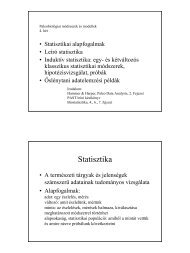Abstract form
Abstract form
Abstract form
You also want an ePaper? Increase the reach of your titles
YUMPU automatically turns print PDFs into web optimized ePapers that Google loves.
An ecohydrological approach to salinity and sodicity problems in<br />
natural and agro-ecosystems<br />
S. E. A. T. M. VAN DER ZEE* 1 , S. H. H. SHAH 1 , R. W. VERVOORT 2<br />
1 Soil Physics, Ecohydrology and Groundwater Management, Environmental Sciences<br />
Group, Wageningen University, P.O.B. 47, 6700 AA, Wageningen, Netherlands<br />
2 Hydrology Research Laboratory, Faculty of Agriculture, Food and Natural Resources,<br />
The University of Sydney<br />
Soil salinity and sodicity have been studied much from an experimental and an<br />
irrigation science and agronomic point of view. In recent years, profound links have<br />
been made to integrate our knowledge and data bases using GIS. These advances are<br />
perfect ingredients to be combined with the ecohydrological framework of root zone<br />
water balances as developed by e.g. Rodriguez-Iturbe and Porporato (2004) in their<br />
book entitled Ecohydrology. This framework is based on the working hypothesis that a<br />
systems analysis approach to the rootzone water balance (even in case of nonlinear<br />
functionalities) can be a compelling way to deductive research of Soil Water –<br />
Vegetation – Atmosphere interactions and feed backs. In recent work, we extended the<br />
original framework to take into account groundwater-rootzone interactions as well as<br />
salinity/sodicity issues. With the extended framework, we can assess how soil, climate,<br />
vegetation, and local geohydrological conditions affect whether or not salinity/sodicity<br />
problems will arise. Obviously, such an assessment requires the confrontation with<br />
ground truth, for which knowledge and data bases are available (e.g. using Toth et al.,<br />
2008, at the European scale), as many parameters are not easily accessible. We will<br />
reveal how our approach can lead to useful, robust, and well-focused suggestions for<br />
improved soil water and crop irrigation management guidelines as well as improved<br />
vulnerability maps for salinity and sodicity.<br />
43


